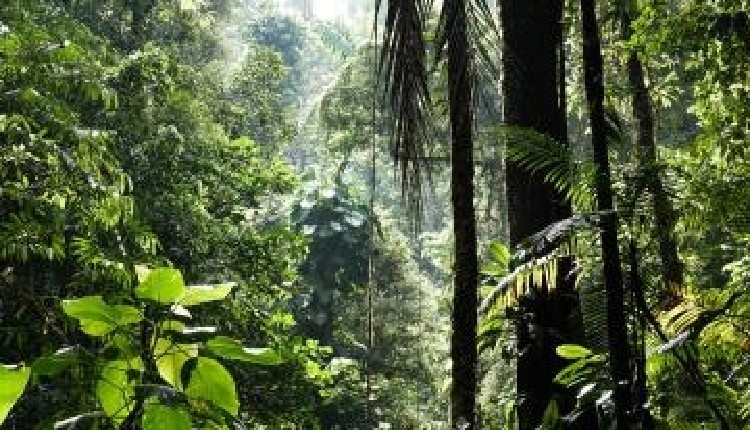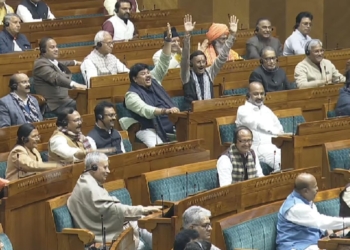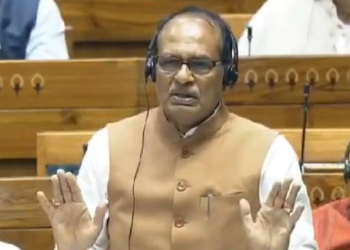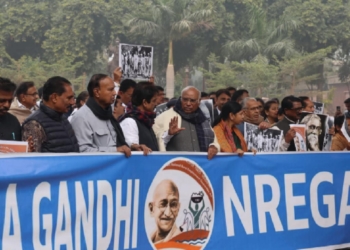New Delhi: Even as greenhouse gasses are increasing unprecedentedly, it can decrease rainfall in the equatorial region as well as affect India’s biodiversity hotspots, according to a new study on Wednesday.
The study showed that it will potentially replace India’s biodiversity hotspots consisting of evergreen forests in the Western Ghats, northeast India, and the Andamans with deciduous forests.
For the study researchers from Birbal Sahni Institute of Palaeosciences (BSIP), an autonomous institute of the Department of Science and Technology, used fossil pollen and carbon isotope data from the Eocene Thermal Maximum 2 (ETM-2), also known as H-1 or Elmo.
It is a period of global warming that occurred around 54 million years ago.
In addition to global warming, during this period the Indian plate also lingered near the equator during its journey from the southern to northern hemisphere.
“This makes the Indian plate a perfect natural laboratory that offers a peculiar opportunity to understand the vegetation-climate relationship near the equator during the ETM-2,” the researchers said.
Based on the availability of fossils from ETM2, the team selected the Panandhro Lignite Mine of Kutch in Gujarat and collected fossil pollen from there.
Their findings, published in the journal Geoscience Frontiers, found that when atmospheric carbon dioxide (CO2) concentration was more than 1000 parts per million by volume (ppmv) near the palaeo-equator, the rainfall decreased significantly. It led to the expansion of deciduous forests.
The study also raises important questions about the survival of equatorial/ tropical rainforests and biodiversity hotspots under increased carbon emissions. It can also help understand the relationship between CO2 and hydrological cycle and aid in the future conservation of biodiversity hotspots.
(IANS)
















